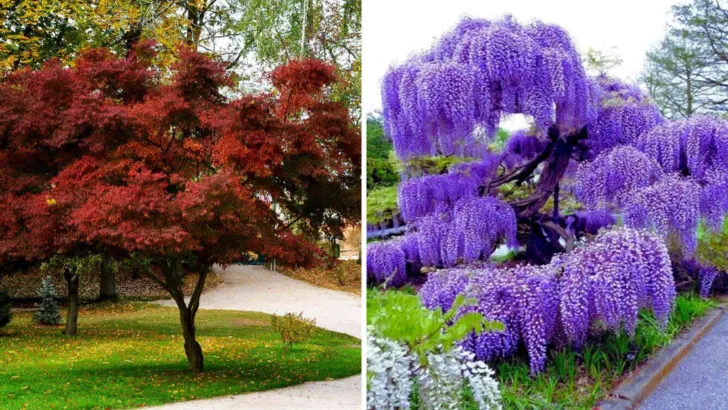Some plants pull their weight, while others just take up space. It’s easy to fall for the pretty leaves or trendy vibes, but when space is tight, every square inch matters, especially if you’re trying to grow food at home. A few popular plants might look nice on Instagram, but they’re not doing much for your pantry or plate.
If you’re working with a balcony, small backyard, or a few raised beds, it’s worth thinking about what actually earns its spot. That doesn’t mean everything has to be edible, but it’s frustrating to water and care for something that gives you nothing in return. This list highlights five plants that might be more show than substance and fifteen others that give you something real, from herbs and greens to full-on meals.
Ornamental Bamboo
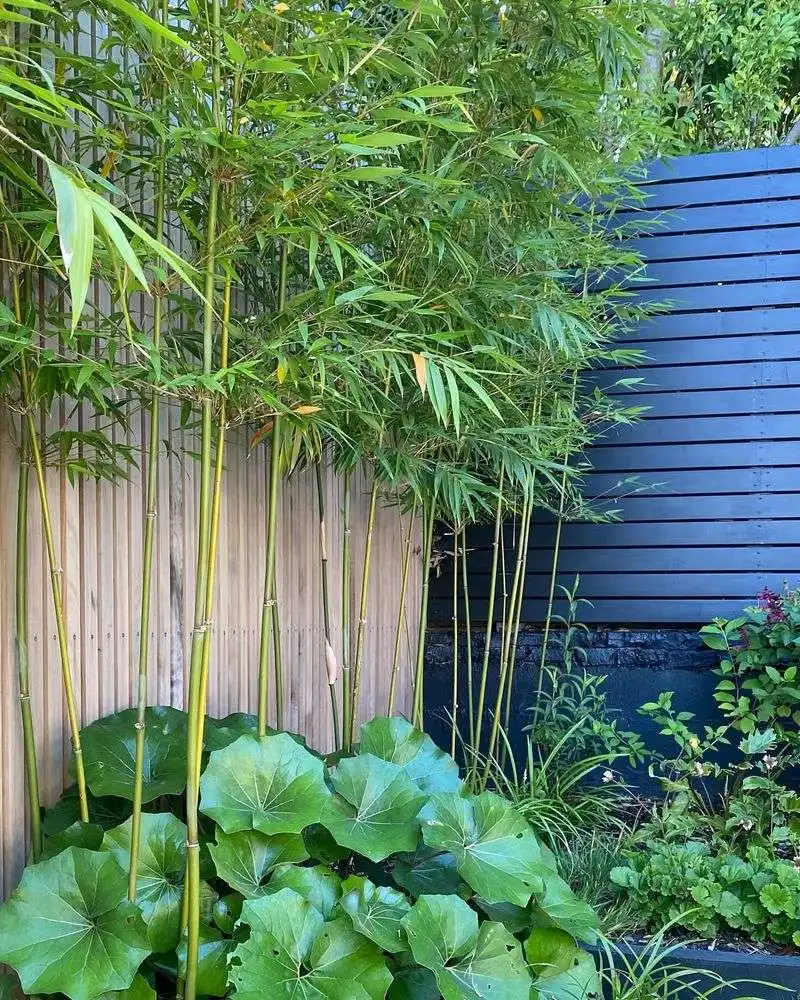
Ornamental bamboo is undeniably elegant, bringing a touch of the exotic to any garden. However, its rapid growth and invasive nature can lead to more work than reward. With its towering height, it can overshadow other plants, denying them sunlight and space. While it adds aesthetic value, it provides no nutritional benefits.
Additionally, the maintenance required to keep bamboo contained may not justify its presence in garden space meant for edible plants. Its allure is in its visual appeal, but for those seeking more than just beauty, ornamental bamboo might be a space-waster in your garden.
Boxwood Shrub

Boxwood shrubs are often prized for their ability to be shaped into elegant hedges. They are a staple in ornamental gardening, providing structure and style. However, they offer little in terms of food production. The focus is on aesthetics rather than practicality.
Their slow growth and high maintenance needs can be a burden for gardeners looking for more productive plants. While perfect for those who value formality and classic garden design, boxwood shrubs do not contribute to the edible landscape, making them a less functional choice.
Wisteria
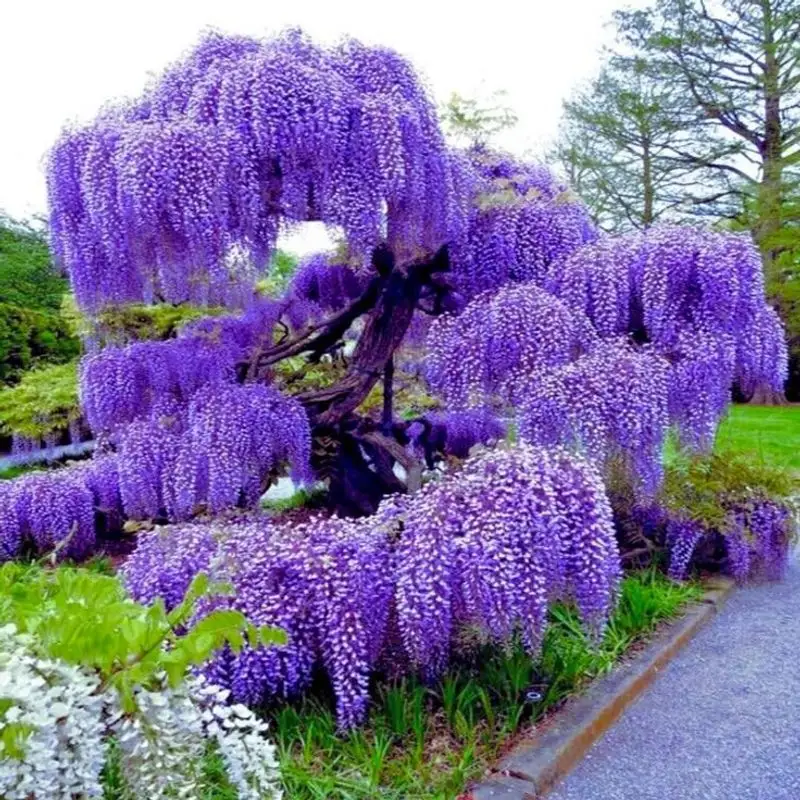
Wisteria is known for its breathtaking blooms and ability to transform any garden into a floral paradise. The lush, dangling clusters of purple flowers are truly captivating. Yet, wisteria is more about beauty than bounty. It does not provide any edible parts.
For gardeners eager to make the most of their space, wisteria may be more of a decorative indulgence. Its aggressive growth can also overshadow other plants, demanding extensive management time. While it enchants with its floral display, it offers no nutritional yield.
Privet
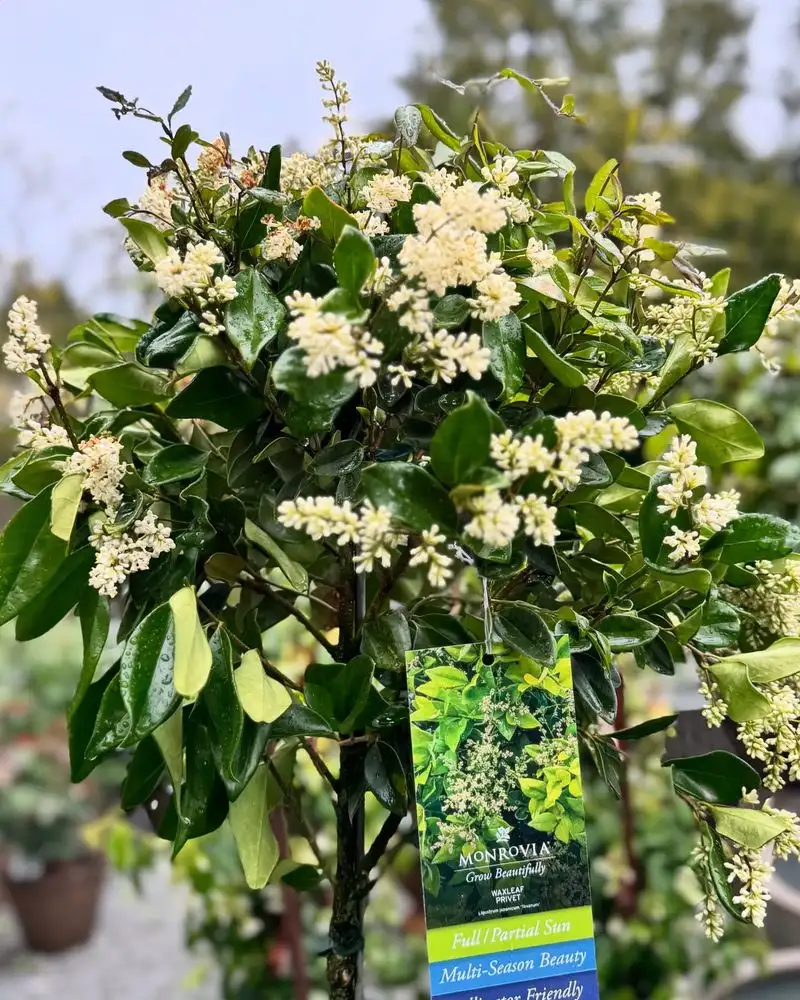
Privet is often chosen for its dense foliage and ability to create privacy screens. It’s a favorite in formal landscapes, offering a sense of enclosure and elegance. However, it has no edible value. The focus remains purely on structural aesthetics.
For those who wish their gardens to produce food, privet may not be the wisest choice. The maintenance of such plants can detract from time spent cultivating more beneficial, edible varieties. Its role is clear but limited to ornamentation and privacy.
Japanese Maple
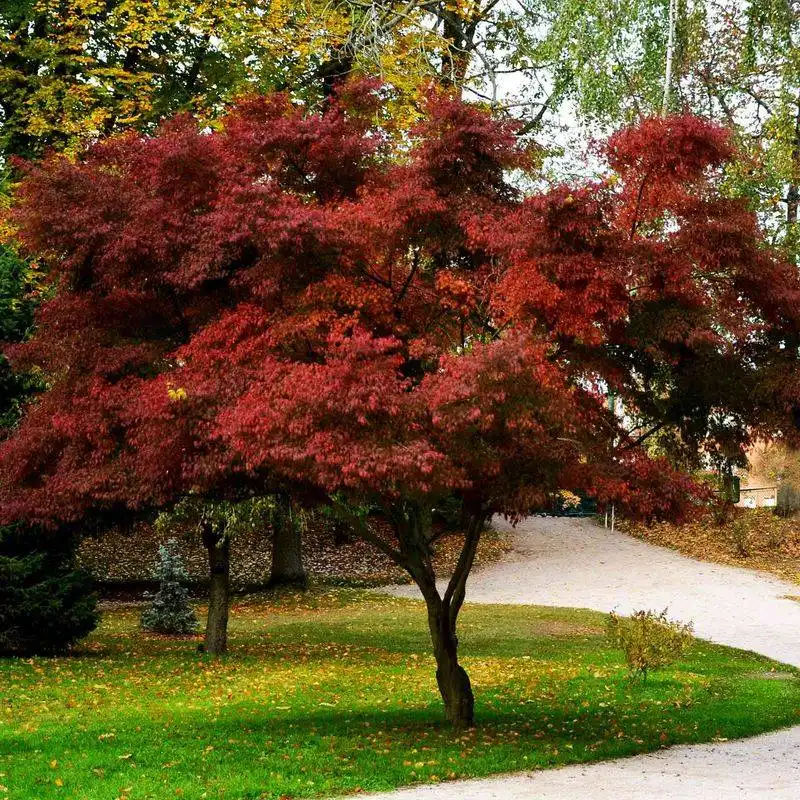
Japanese maple trees are celebrated for their delicate leaves and vibrant colors. They bring a sense of tranquility and beauty to any garden, especially in autumn. However, they do not contribute to food production. The tree’s allure is purely visual, offering no edible fruits or leaves.
For those focusing on gardening efficiency and nutrition, Japanese maples might not be the best investment of space. Their beauty is undeniable, but they don’t provide the tangible benefits of edible plants, making their role purely aesthetic.
Tomato Plant
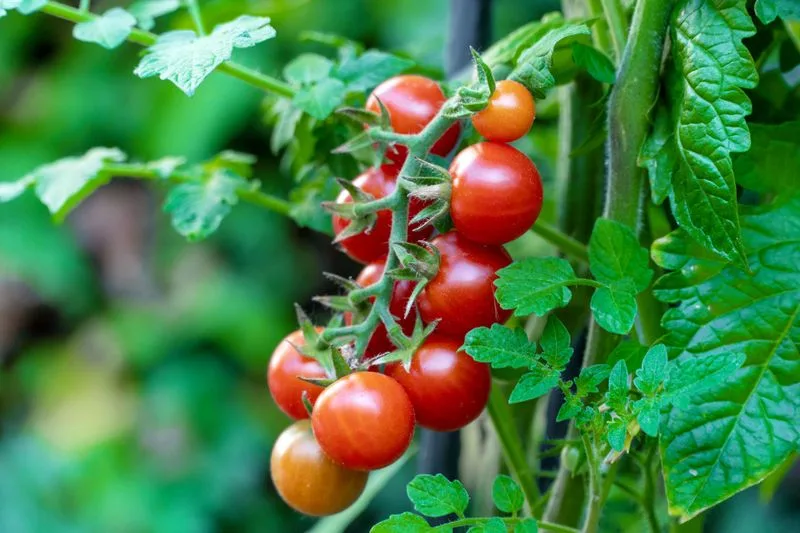
Tomatoes are a gardener’s delight, offering a rich harvest of juicy fruits. Bursting with flavor, they are indispensable in cuisines worldwide. Their ease of growth and adaptability make them a favorite among home gardeners.
Rich in vitamins C and K, along with antioxidants like lycopene, tomatoes contribute significantly to a healthy diet. They thrive in various climates, making them a versatile choice for those seeking both yield and nutrition. The satisfaction of plucking a sun-ripened tomato is unparalleled, making this plant a must-have.
Carrot
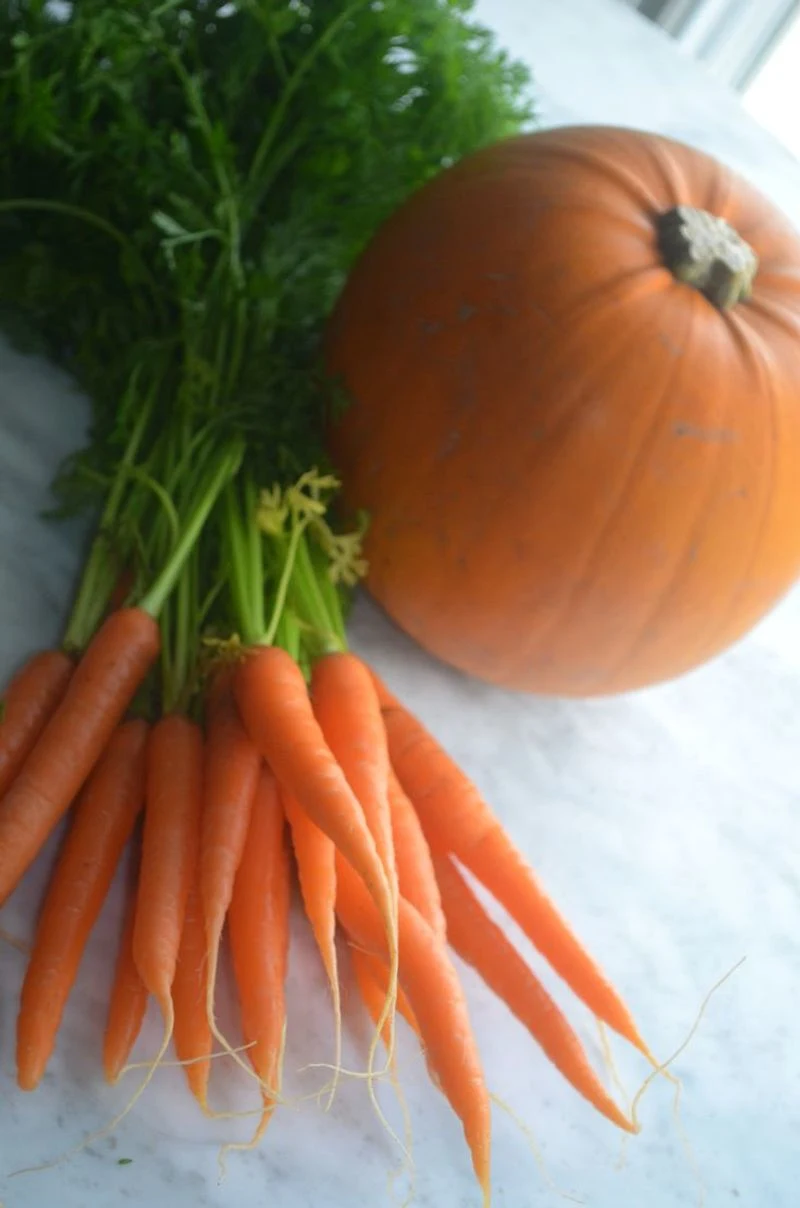
Carrots, with their crisp texture and sweet flavor, are a staple in many gardens. Known for their rich beta-carotene content, they offer essential nutrients vital for eye health. Carrots are versatile, suitable for raw consumption or cooking.
They are easy to grow, thriving in various soil types, and require minimal maintenance. This makes them an ideal choice for beginner gardeners. The joy of pulling a fresh carrot from the earth is rewarding, making them both a nutritious and gratifying addition to any vegetable plot.
Potato
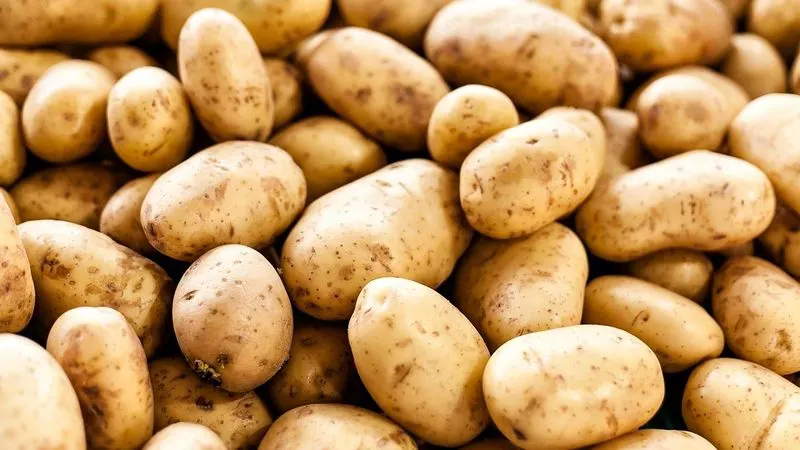
Potatoes are the backbone of many diets worldwide, valued for their versatility and nutritional content. Packed with carbohydrates, they provide energy and satiety. Potatoes can be stored for long periods, ensuring a continuous food supply.
Their adaptability to different climates and soils makes them a reliable crop for gardeners. Experiencing the thrill of unearthing a bountiful potato yield is unmatched. From fries to mash, their culinary potential is limitless, making them a staple in home gardens focused on sustenance.
Spinach
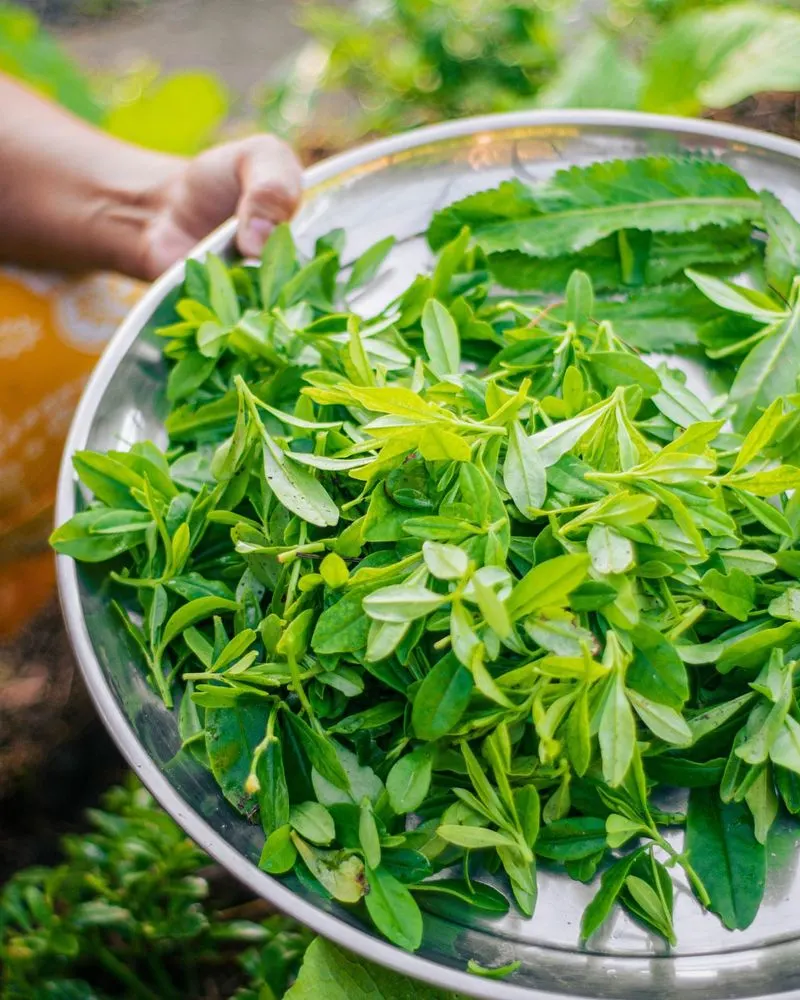
Spinach stands out for its dense nutritional profile, offering iron, calcium, and numerous vitamins. It is a leafy green that thrives in cool climates and can be harvested multiple times a season.
This versatility and rapid growth make spinach a valuable addition to any garden. Whether enjoyed fresh in salads or cooked, its health benefits are substantial. Discovering the fresh, tender leaves of spinach in your garden is a delight, ensuring a constant supply of nutritious greens for the table.
Kale
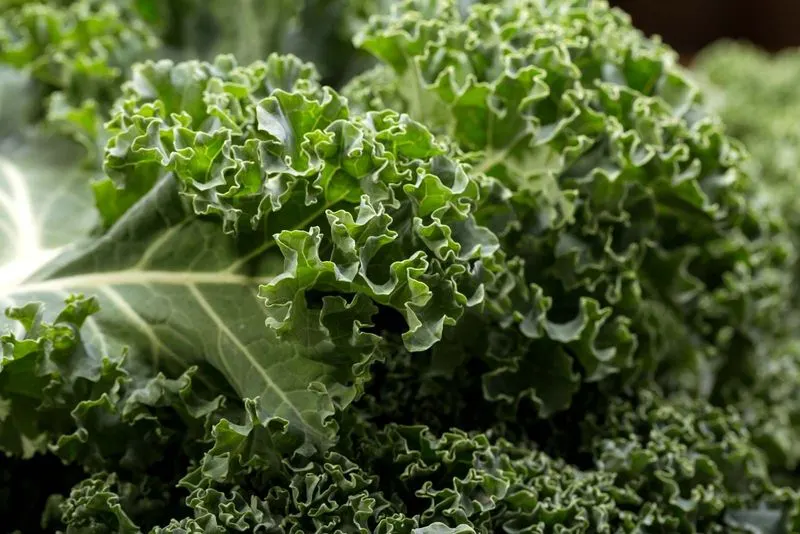
Kale is a powerhouse among leafy greens, packed with vitamins A, C, and K. Its robust nature allows it to thrive in various conditions, making it a versatile garden choice. Kale’s leaves are hearty, providing a rich texture to salads and cooked dishes.
The plant’s ability to survive frost extends its growing season, offering gardeners extended harvest opportunities. With its dense nutritional value, kale ensures a healthful boost to any diet, making it a staple for those focused on garden productivity and nourishment.
Lettuce
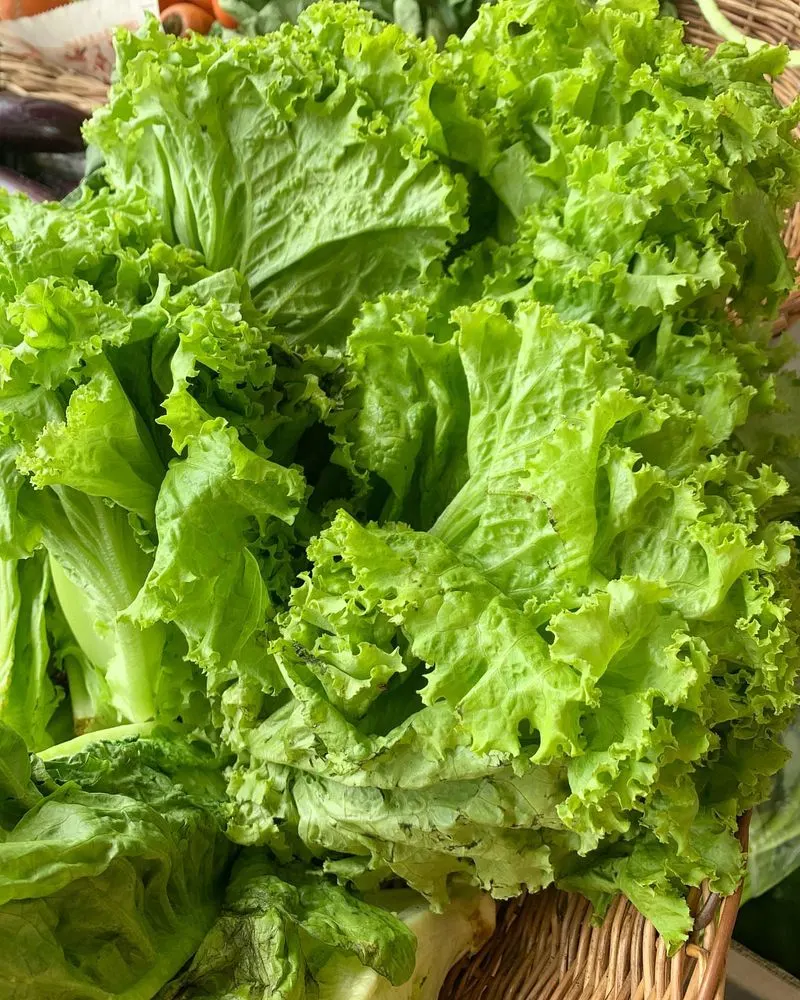
Lettuce is a garden essential, known for its crisp texture and refreshing taste. It grows quickly, allowing multiple harvests in a season. Lettuce varieties offer diverse flavors and textures, enhancing salads and dishes.
It is easy to cultivate, making it a favorite for gardeners of all levels. The satisfaction of picking fresh, home-grown lettuce is unparalleled. Its nutritional content, though modest, complements other greens, ensuring a balanced diet. Lettuce’s quick turnaround and minimal space requirement make it a valuable garden ally.
Strawberry
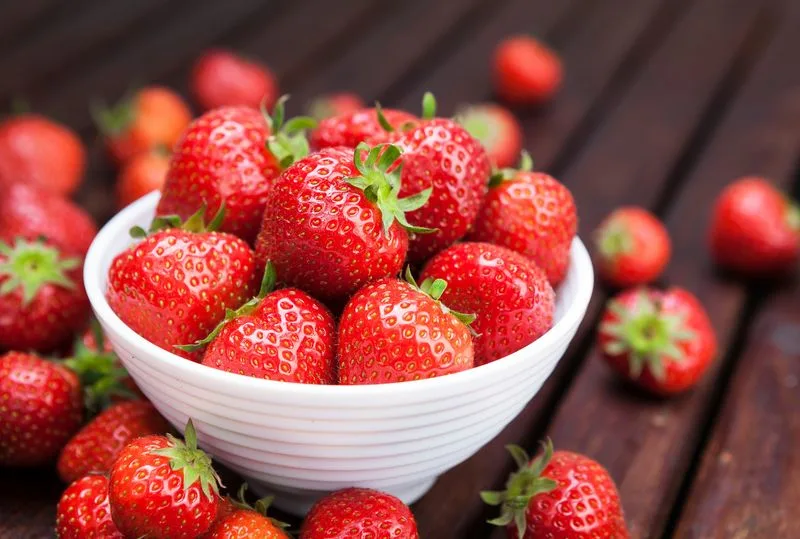
Strawberries, with their sweet, juicy flavor, are a garden treasure. These berries are rich in vitamin C and antioxidants, contributing to their health benefits. Strawberry plants are compact, making them suitable for small gardens or containers.
They offer the unique pleasure of tasting sun-warmed berries fresh from the plant. The joy of harvesting a handful of ripe strawberries is a highlight of the gardening experience. Their vibrant color and versatile use in desserts and snacks make them a delightful addition to any garden.
Capsicum
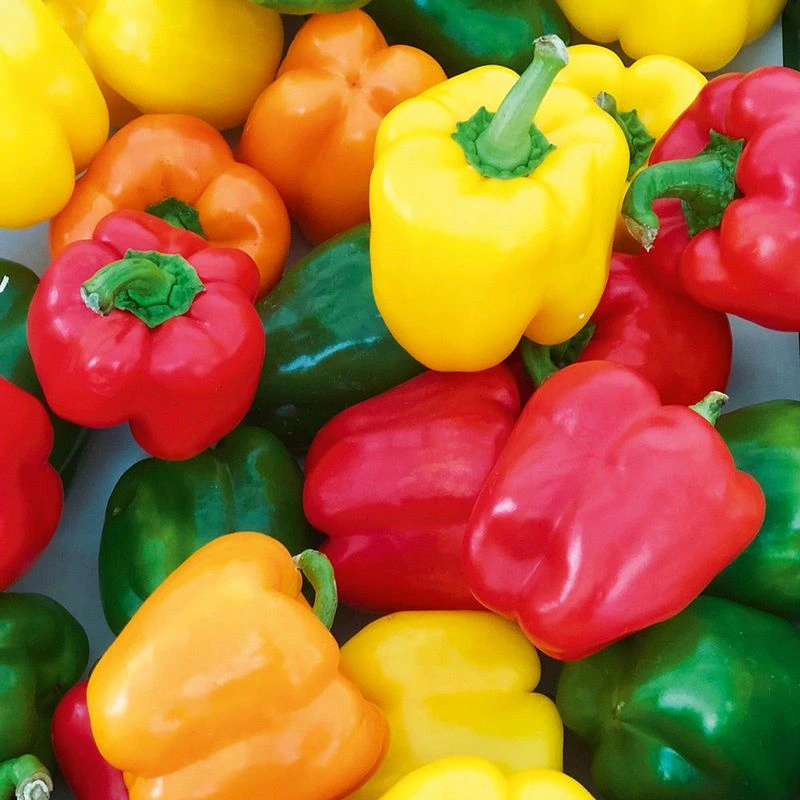
Capsicums, or bell peppers, bring color and crunch to the garden. These versatile veggies come in various hues, including red, yellow, and green. Packed with vitamins A and C, they add nutritional value to meals.
Capsicums are relatively easy to grow and can adapt to garden beds or containers. Their sweet flavor and crisp texture make them a favorite in salads and cooked dishes alike. Witnessing a capsicum plant laden with colorful peppers is a visual and culinary delight for gardeners.
Zucchini
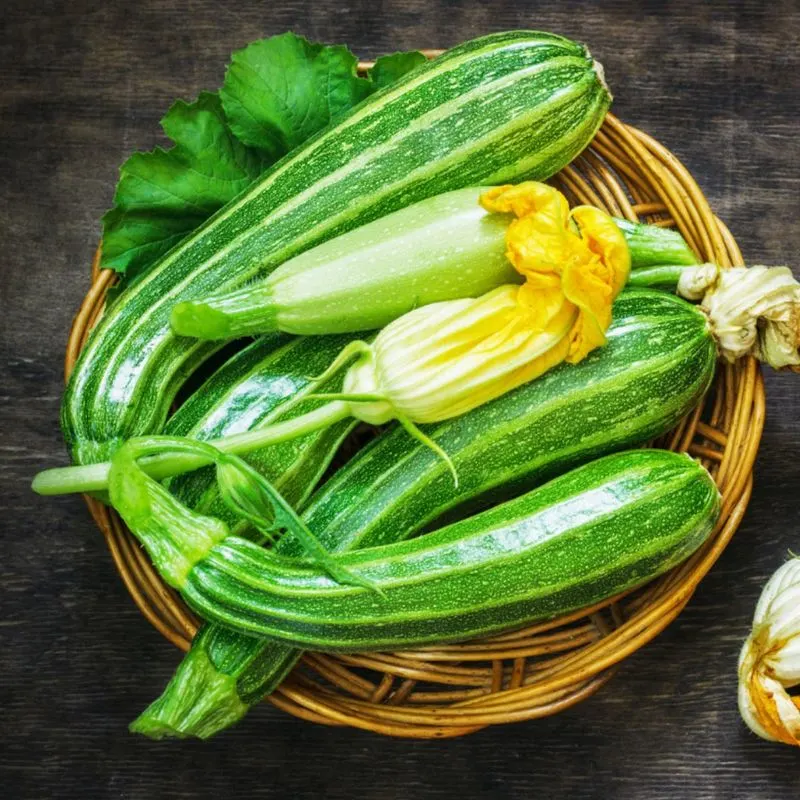
Zucchini is a prolific producer, known for its rapid growth and generous yield. These squash are rich in vitamins and low in calories, making them a nutritious choice. Zucchini plants require ample space but reward gardeners with a bountiful harvest.
The mild flavor and versatility of zucchini allow for diverse culinary applications. From grilling to baking, the possibilities are endless. Observing the swift development of zucchinis on their vines is gratifying, ensuring continuous supply throughout the growing season.
Beetroot
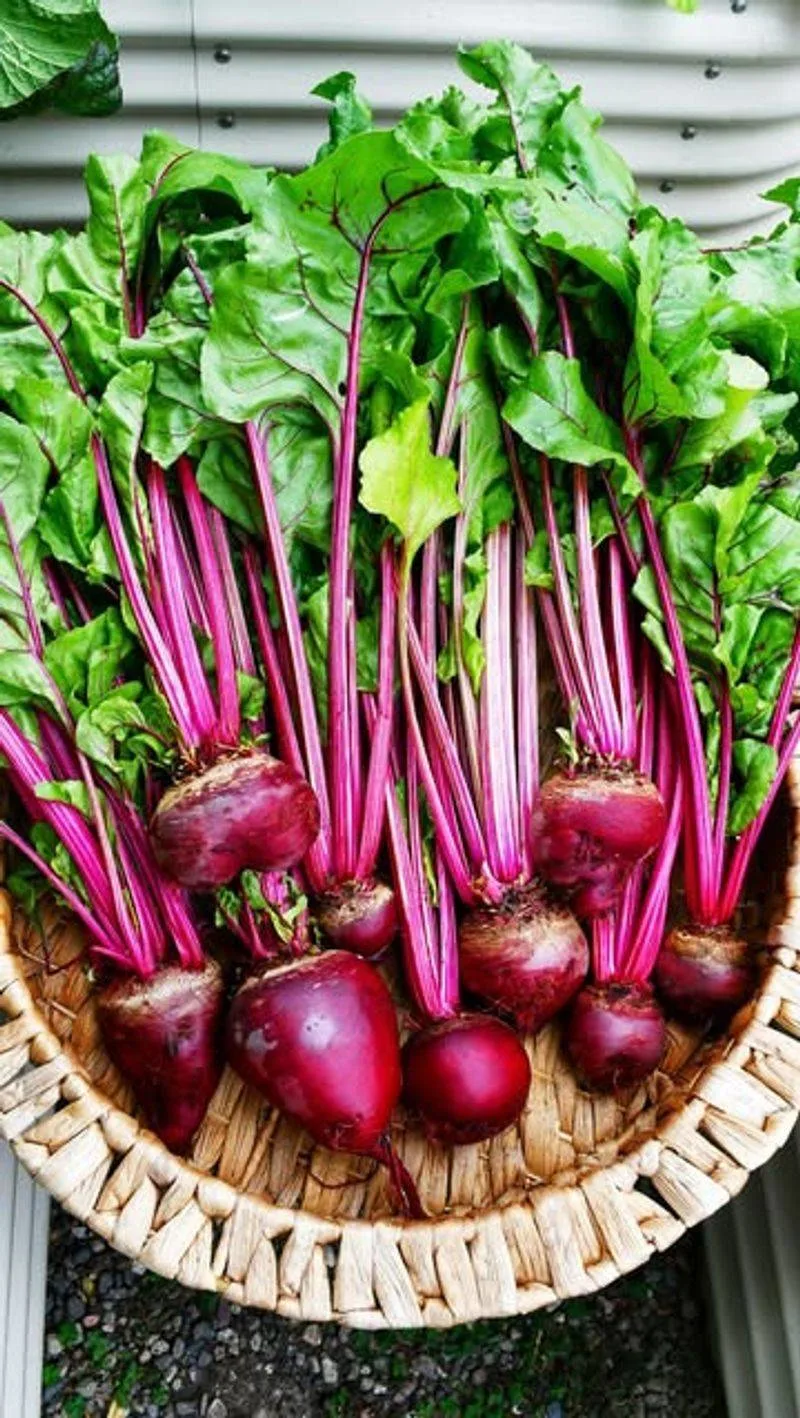
Beetroot, with its earthy flavor and vibrant color, is a nutrient-rich root vegetable. High in fiber and essential nutrients like folate and manganese, it supports a healthy diet. Beetroot grows well in cooler climates and is easy to cultivate.
The satisfaction of pulling a ripe beetroot from the soil is unmatched. Both the root and leaves are edible, offering versatility in meal preparation. Its distinct taste and health benefits make beetroot a valuable addition to any garden focused on nutrition.
Broccoli
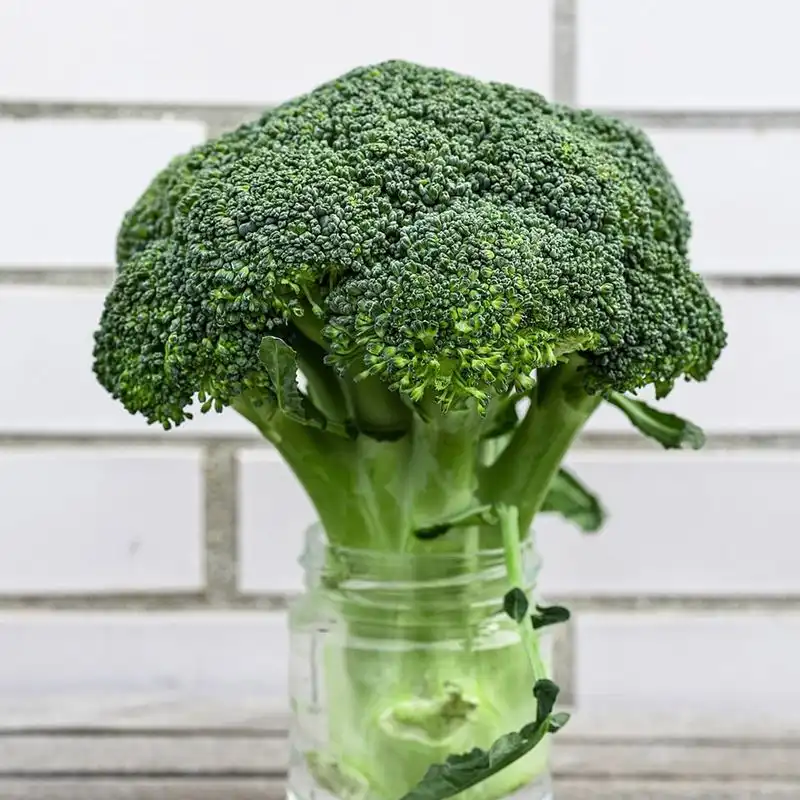
Broccoli is a garden staple, known for its rich nutrient profile, including vitamins C and K. This cruciferous vegetable is relatively easy to grow, thriving in cooler temperatures. Broccoli adds texture and flavor to a variety of dishes.
Its impressive health benefits make it a prized choice for gardeners seeking nutrition. The process of watching a broccoli plant develop from seedling to mature head is rewarding, providing a sense of accomplishment with each harvest. Broccoli’s presence in the garden is both practical and nourishing.
Garlic
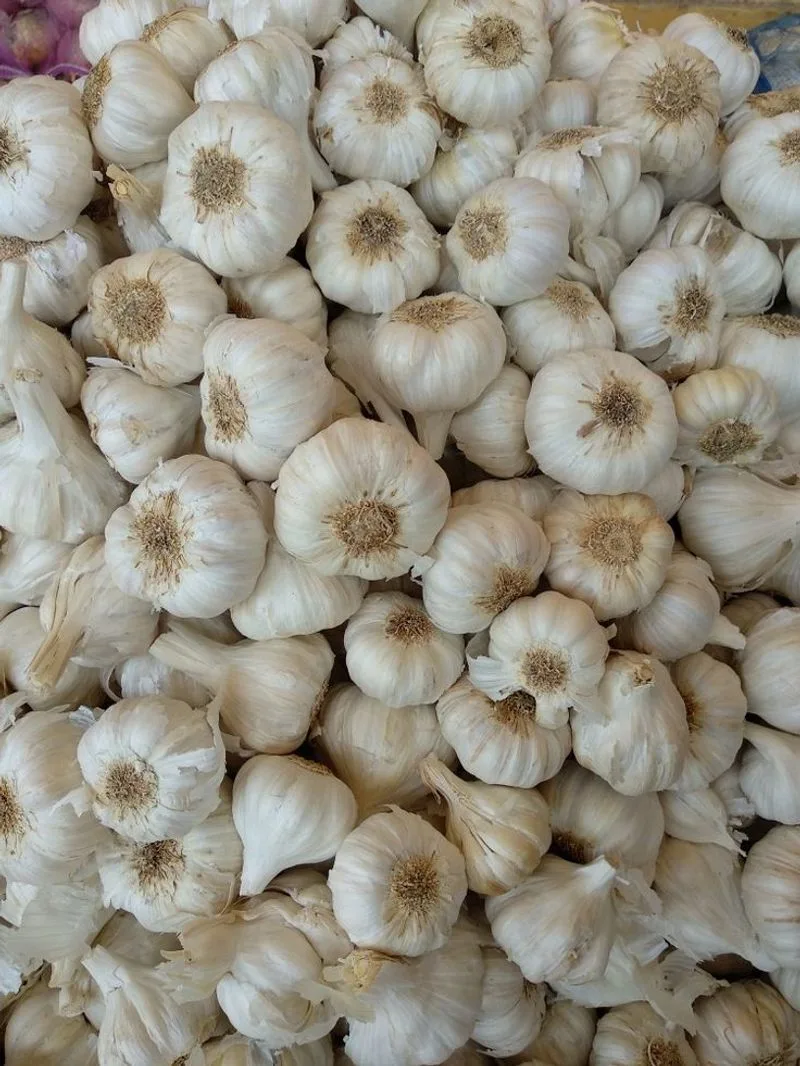
Garlic, with its pungent aroma and distinctive taste, is a kitchen essential. Known for its health benefits, including antibacterial properties, garlic is a staple in many cuisines. It grows well in various climates, making it a versatile garden addition.
The thrill of harvesting garlic and the subsequent transformation of recipes is a culinary delight. Garlic’s long storage life ensures a steady supply for months, enhancing its value in the garden. Its bold flavor and health benefits make it indispensable.
Cucumber
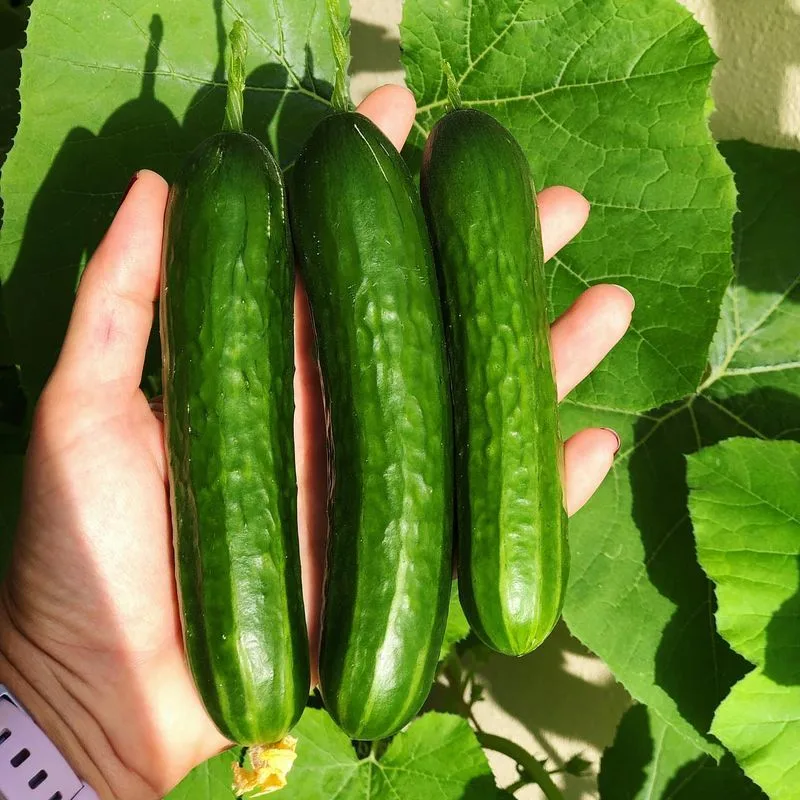
Cucumbers are synonymous with summer, offering refreshing crunch in salads and sandwiches. High in water content, they keep you hydrated and are low in calories. Cucumbers are straightforward to grow, thriving on vertical supports.
Their rapid growth and prolific yield are rewarding for gardeners. The experience of harvesting a crisp cucumber is invigorating, adding immediate freshness to meals. This garden staple is a must-have for those seeking both nourishment and ease of cultivation.
Chili Pepper
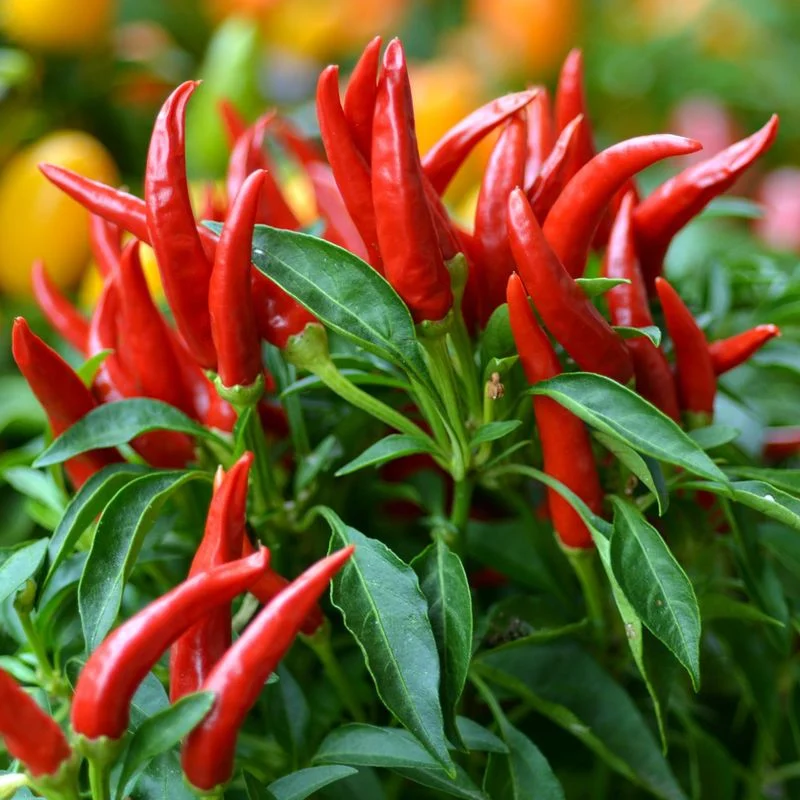
Chili peppers pack a punch in both flavor and heat, elevating dishes to new heights. These peppers are excellent for those who enjoy spice, providing capsaicin and vitamins A and C. Chili plants are compact, fitting well into small spaces.
The thrill of picking fiery red chilies is a sensory delight. Their robust flavor enhances culinary creations, making them a favorite for adventurous cooks. For gardeners, chilies offer both aesthetic appeal and a spicy harvest, adding excitement to the garden.
Pumpkin
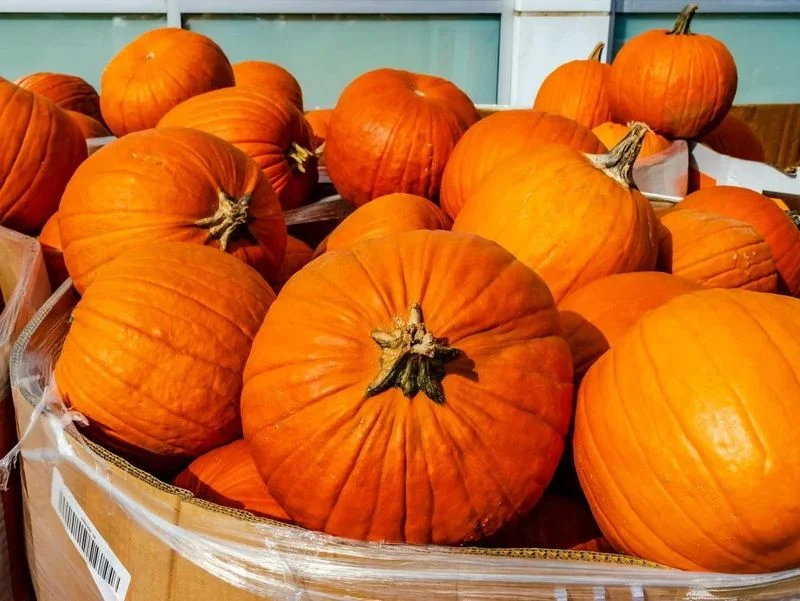
Pumpkins symbolize harvest season, offering both decorative and culinary benefits. Rich in vitamins A and C, pumpkins are versatile in recipes, from soups to pies. Their sprawling vines require space, but the reward is a robust, orange harvest.
Watching pumpkins grow from small buds to hefty fruits is a gardener’s delight. The satisfaction of carving a homegrown pumpkin or baking with its flesh adds to its allure. Pumpkins’ dual role in decoration and nutrition makes them a garden favorite, especially in fall.

